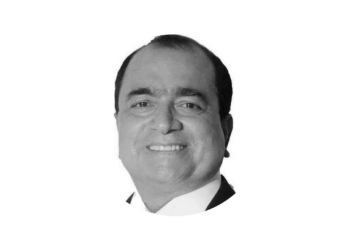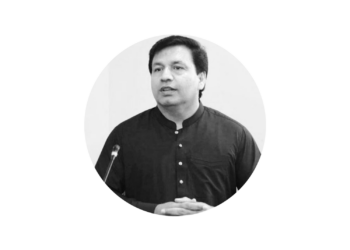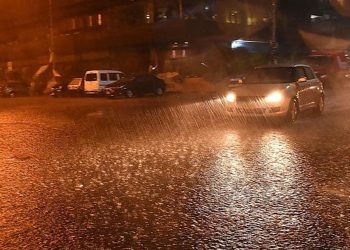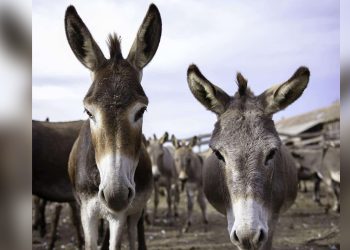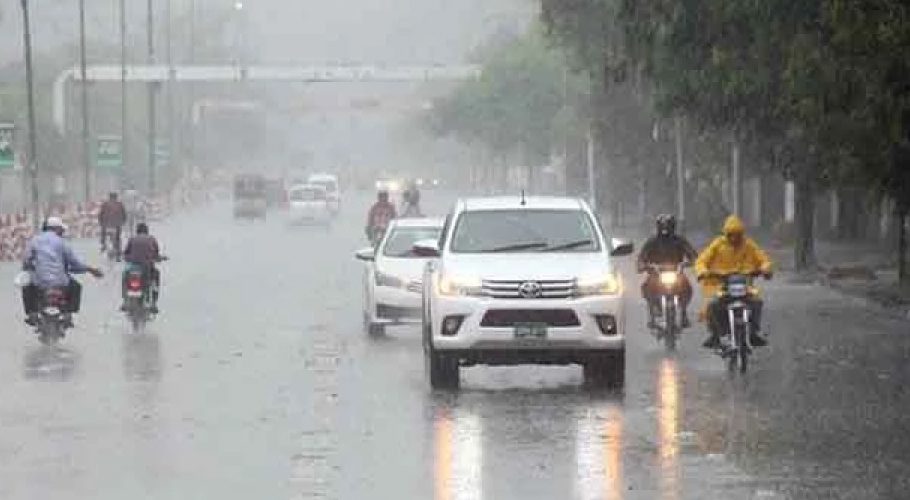The United Nations Development Programme’s (UNDP) National Human Development Report (NHDR) for Pakistan released last year in April estimates that economic privileges given to Pakistan’s elite groups, including the corporate sector, feudal landlords, the political class, and the military, comes to an estimated US$17.4 billion, or around 6% of the country’s economy. This is a mind-blowing amount that could help reduce the inequality gap between the rich and poor in Pakistan, as the estimated cost of social protection programs was a meager US$4 billion.
The report identifies the largest group enjoying elite privileges as Pakistan’s corporate sector. These benefits might come in the form of tax breaks, cheap input prices, higher output prices, or favored access to capital, land, and services. The total estimated privileges enjoyed by this group are about US$4.7 billion.
The second and third largest elite groups are the richest 1% and the feudal landowning class. The richest 1% of Pakistan own 9% of the country’s total income, whereas, the feudal landowners comprise 1.1% of the population but own 22% of all arable farmland. The total privileges enjoyed by these two groups combined are around US$4.8 billion. Also, these are the groups that dominate our assemblies.
The fourth-largest elite group identified by the UNDP report is the Pakistan Military. Their benefit in the form of preferential access to land, capital, and infrastructure, as well as tax exemptions, amounting to US$1.7 billion.
The NHDR points out the huge inequality gap in Pakistan, where the richest 1% held 9% of the country’s income of US$314.4 billion in 2018-19, while the poorest 1% held just 0.15% of total income. Overall, the richest 20% of Pakistanis hold 49.6%, almost one-half of the national income, compared with the poorest 20%, who hold a paltry 7%. This sadly indicates that we have two Pakistans who are worlds apart in terms of every facet of life.
Another cause of concern highlighted by the UNDP is the dwindling middle-class in Pakistan. Middle-income earners declined from 42% of the population in 2009 to 36% in 2019. Also, the NHDR exposes the inequality in benefits from public spending. The report discloses that the overall share in public spending is 14.2% for the poorest income category, compared with 37.2% for the richest category.
The National Human Development Report 2020 also contains some policy prescriptions to tackle the inequality gap in Pakistan:
Reducing elite privileges: Reducing unfair privileges is a prerequisite to achieving equality. The NHDR recommends extensive tax reforms, the elimination of subsidies, changes in pricing policy, and measures to ensure equitable access to land and capital. In total, it could generate as much as US$2.55 billion or PKR 500 billion in savings and income.
Spending more on human development and social protection: The increased funds coming from the reduction in the privileges of the elite must be redistributed to Pakistan’s poorest and most vulnerable and geared towards rectifying regional inequality. That money can be used to improve public spending in vital areas of health and education, as well as expanding social protection programs like the Ehsaas program. The NHDR argues that this will lay the foundation for increasing human capacity, reducing regional disparities and unequal opportunities.
Improving conditions of work and providing employment: While direct assistance for the downtrodden are critical, it is equally important to empower people with the tools they need
for growth and self-sustainability. It is therefore imperative to provide all people with a decent job. NHDR recommends improving the rights of workers, raising the minimum wage, and ensuring its full coverage, increasing non-marginal work opportunities for women, and leveraging Pakistan’s youth bulge to advance technology-led development.
The United Nations Development Programme’s (UNDP) National Human Development Report 2020 is a grave indictment of the past and present political and economic policies implemented by various governments of all political stripes as well as military rule. We need to recognize that all governments have failed to address the enormous income and wealth gap between the rich and the poor. If government policies were successful then why is Pakistan’s Human Development Index (HDI) standing at 0.570, the second-worst in South Asia just above Afghanistan.
We need a paradigm shift in our political and economic thinking because we need to develop a governance model that is responsive to the masses, not the elite of this country. Even Islam stands for social welfare and justice, as the Prophet Muhammad (SAW) said, “He is not a believer whose stomach is full while his neighbour is hungry.” This speaks to the collective responsibility of society to care for the downtrodden and marginalized.
I find it amusing when the elite dismisses social welfare programs like Sehat Insaf Cards, homeless shelters, food kitchens, and Ehsas Program as handouts to the poor that are making people beggars. In a country where the poor receives only US$1 in social protection for every US$4 in privileges enjoyed by the elite, the welfare programs established by the previous Pakistan Tehreek-e-Insaf government was a drop in the bucket headed in the right direction. As a country, we need a restart by relegating neoliberal economic theories to the dustbin and developing an Islamic economic model that will benefit everyone.
The Father of the Nation Quaid-e-Azam Muhammad Ali Jinnah in his remarks at the opening ceremony of the State Bank of Pakistan on July 1, 1948, mentions the importance of developing an Islamic economic system, “We must work our destiny in our own way and present to the world an economic system based on the true Islamic concept of equality of manhood and social justice. We will thereby be fulfilling our mission as Muslims and giving to humanity the message of peace which alone can save it and secure the welfare, happiness, and prosperity of mankind.”







